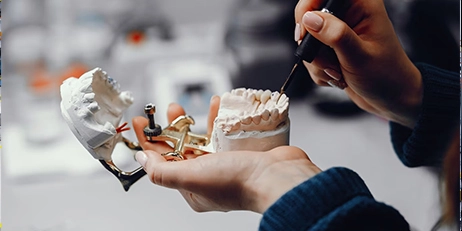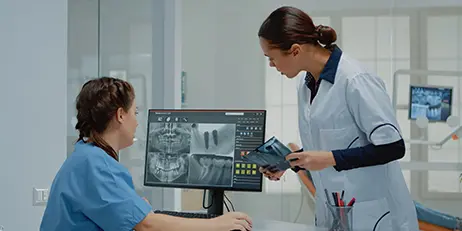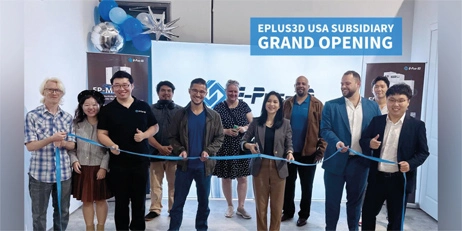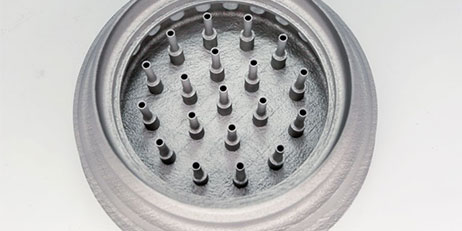With the rapid advancements in technology, the field of 3D printing has revolutionized various industries, including infrastructure development. One such cutting-edge technology is the laser metal deposition (Laser Metal Deposition) 3D printer, which allows for the manufacturing of complex metal structures with precision and efficiency. In this blog post, we will explore the impact of Laser Metal Deposition 3D printers on infrastructure development, focusing on its advantages and applications.
The Advantages of Laser Metal Deposition in Infrastructure Development
Laser Metal Deposition 3D printers offer several key advantages in the realm of infrastructure development. One of the most significant benefits is the ability to create intricate metal structures that were previously impossible or impractical to manufacture. The high precision and accuracy of Laser Metal Deposition 3D printers allow for the creation of complex geometries, thus enabling the construction of innovative architectural designs and customized components.
Moreover, Laser Metal Deposition 3D printers also provide a cost-effective solution for infrastructure development. Traditional construction methods often involve extensive material waste, while 3D printing with Laser Metal Deposition technology utilizes only the necessary amount of metal, minimizing wastage and saving costs. Additionally, the speed of construction is significantly improved with Laser Metal Deposition 3D printing, as it eliminates the need for multiple manufacturing processes and assembly.
Applications of Laser Metal Deposition in Infrastructure Projects
The applications of Laser Metal Deposition 3D printers in infrastructure projects are vast. One of the primary uses is in the construction of bridges and other large-scale metal structures. With Laser Metal Deposition technology, teams can fabricate complex lattice structures or intricate designs that enhance both the aesthetic and functional aspects of the infrastructure. The ability to create lightweight, yet durable, components using Laser Metal Deposition 3D printers allows for the efficient use of materials without compromising structural integrity.
Furthermore, Laser Metal Deposition 3D printers have also found applications in the repair and maintenance of existing infrastructure. The technology enables on-site repairs of worn-out or damaged metal structures, reducing the need for costly replacements. This not only saves time and money but also extends the lifespan of infrastructure assets.
Additionally, Laser Metal Deposition 3D printers have the potential to revolutionize the construction of underground infrastructure, such as pipelines and tunnels. The ability to create seamless metal structures with minimal joints or welds offers improved resistance to corrosion and reduced maintenance requirements.
Laser metal deposition 3D printers have emerged as game-changers in the field of infrastructure development. The ability to create complex metal structures with precision and efficiency has opened up new possibilities for architectural designs and customized components. The cost-effectiveness and speed of construction offered by Laser Metal Deposition 3D printing make it a promising technology for infrastructure projects. As the technology continues to advance, we can expect to witness remarkable changes in the way we build, maintain, and repair infrastructure for a sustainable tomorrow.























